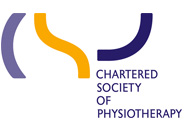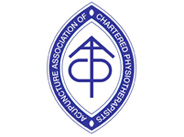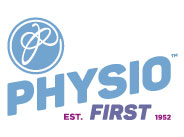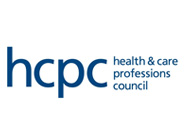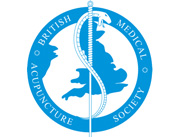Assessment, Diagnosis and Treatment
Physiotherapy treatments encourage rapid pain reduction and early healing, enabling the body to heal itself. The treatment techniques used vary according to the condition.
As part of your initial assessment, your physiotherapist will provide a thorough assessment and accurate clinical diagnosis. If treatment would benefit you, we will then discuss the best way forward.
Some people simply require advice on how to manage their symptoms or prevent them re-occurring. Others may benefit from hands on treatment to get them fit and pain free in as short a time as possible.
Our hands-on treatment provides quick relief from symptoms, whilst advice and individually tailored exercise programmes help you maintain your physical health and prevent future recurrent problems.
Other treatment modalities we use include electrotherapy, shockwave therapy and acupuncture which can provide relief from pain and inflammation from acute injuries.
Conditions We Treat
We treat a wide variety of conditions with physiotherapy, some of which include:
- Back pain & back injuries
- Neck pain & neck injuries (inc. whiplash)
- Nerve pain including sciatica / trapped nerves
- Shoulder and arm pain
- Leg pain including hip, knee and ankle and foot problems
- Arthritis and joint pain
- Muscle injuries and muscle tears
- Ligament injuries including cruciate ligament tears / ankle sprains
- Recovery following fracture
- Pre- and post-operative rehabilitation
- Postural problems
- Chronic pain disorders
- Workplace injuries and work related injuries
- Sports injuries
Tailored and Comprehensive Package of Care
In addition to our Physiotherapy treatments, we also work closely with you to identify:
- Issues which impact on your work
- Issues which impact on your physical condition
- Actions you can take to maximise the benefit from treatment.
We aim to work with you as an individual to provide a tailored and comprehensive package of care. Your physiotherapist will be able to advise you regarding the nature of your condition and also ways you can support your recovery with specific exercises and techniques to help manage the problem.
If your symptoms indicate that referral to a medical consultant or investigation is required, we will immediately inform you of the best route and with your permission, will liaise with your medical practitioner to ensure delays do not occur.
If you are in need of Physiotherapy you can now access this in 3 ways via:
NHS Self Referral, Self-Funding or Health Insurance
For private appointments please call or email us.
(please leave your name, a brief message and your best contact number if there is no response when calling).
One of our staff will call to advise on our new protocol.

